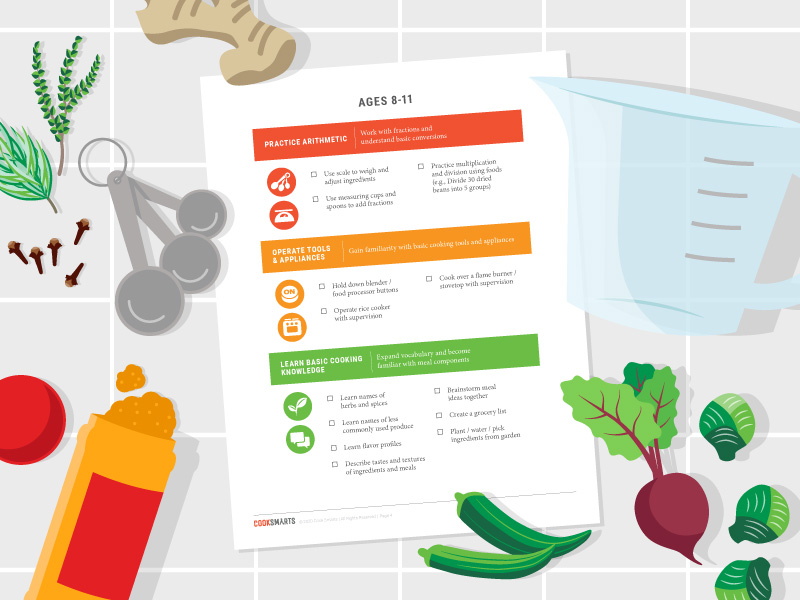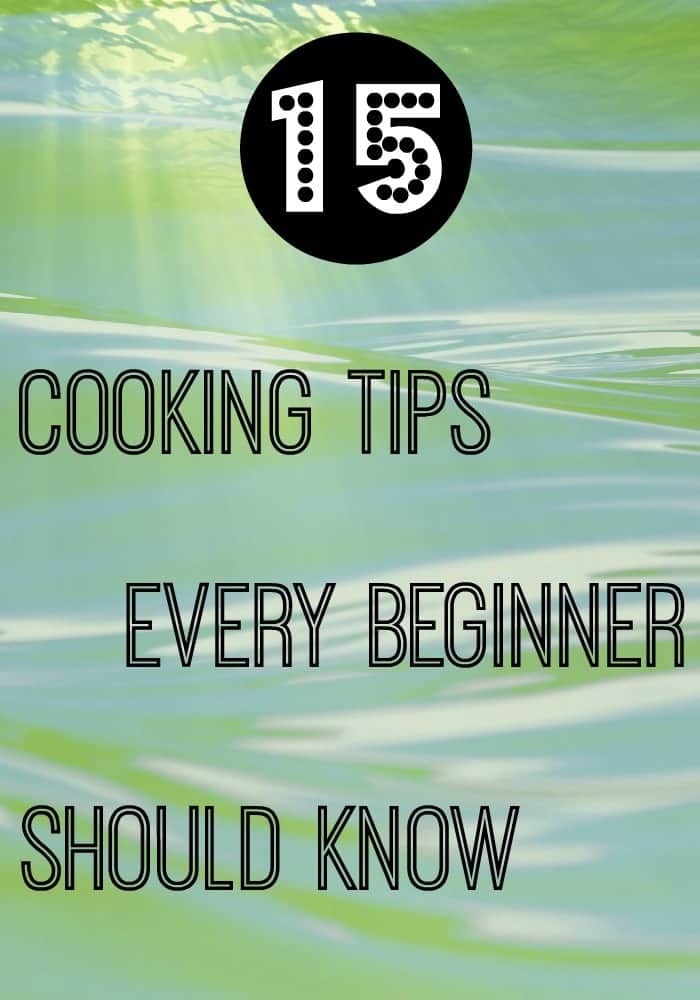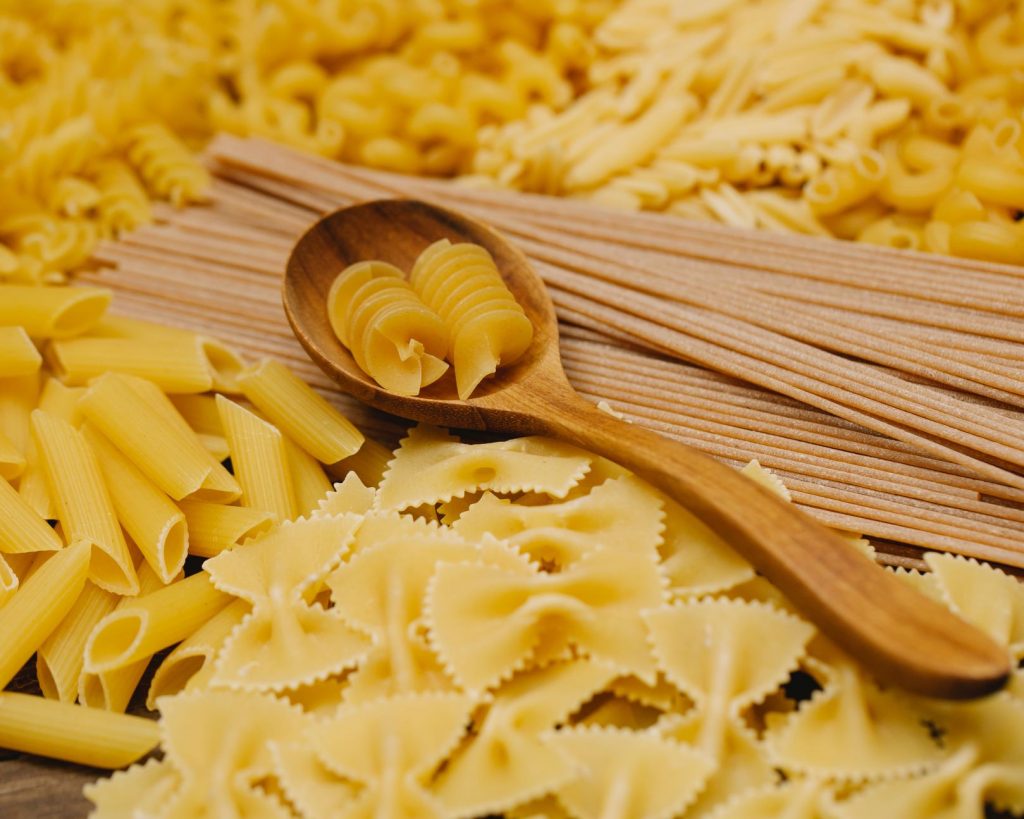
You may have heard the phrase "Practice makes perfect", and if your goal is to make your kitchen look like one, then you're in the right place. Here's everything you need to know about creating home-cooked, restaurant-quality meals. Anne Burrell is Mario Batali's sous-chef on Iron Chef America. She will show you how to create a meal that tastes like it's at a Michelin-starred restaurant.
Anne Burrell
Anne Burrell is an American television personality, chef, and former instructor at the Institute of Culinary Education. Secrets of a Restaurant Chef is one of her television food shows. Her cooking techniques are aimed at amateurs and amateur chefs alike, and she has appeared on The Food Network in a number of different roles. Her recipes have earned her the title of "Food Network Star" for two consecutive years.
Hubert Keller
Hubert Keller's secrets for a successful restaurant are a wonderful reference book. There are 120 recipes, stories, and countless photos of the legendary chef. This book can also be used as a guide for new chefs. Anyone who is interested in the art and science of cooking should read this book. This book contains many fascinating facts about some of the greatest chefs the world over.

Mise en place
Perhaps you are a beginner cook and want to know the secret to a seamless kitchen operation. This secret is known as mise en place. It can easily be copied in your kitchen. Before you can start cooking a dish, it is essential to have a list of the ingredients. It will save you time by knowing the exact location of the ingredients in advance.
A restaurant serving crispy fish
There are many things you might not know about crispy fish and chips. Proper preparation is key. Fresh fish that has not been marinated is crispiest, and the skin on the fish is especially important for getting that delicious crust. Make sure you keep the process as simple as possible when cooking fish. Use a large knife to apply a thin layer on flour to the skin of the fish before it is fried. You can also brush a little bit of oil on the fish's surface to keep it crisp.
Recipes
A cookbook containing recipes from a restaurant is called a "cookbook" in legal terms. These documents contain detailed instructions about the cooking process and contain information about ingredients. These cookbooks can be referred to at any time and are simple to use, which helps reduce food waste and increase profitability. Each recipe is a template that can be edited. Each resource has the name and type for the recipe along with one or more properties, actions or other information.

Rick's Secret France adventures
Rick Stein, the foodie and traveler extraordinaire, is back to explore France's epicurean adventures. Rick's Secret France is a series of six episodes that will reveal some of France's most elusive gastronomic secrets. On Tuesday 5 November, BBC Two will broadcast Rick's Secret France at 9pm. This is the episode that Rick's first France food adventure was. This book has more than 120 recipes to make the most of your stay in France.
FAQ
How do you learn to cook the best?
Cooking can be something everyone should master. If you don't know how to cook, you miss out on some great food experiences. To learn how to cook, you must first find a recipe you like and then follow it carefully. Next, practice making small tweaks to the recipe until the dish is your own. You can also try cooking for other people. This will not only help you cook better, but it will also test your skills.
How Much Does It Cost to Study Culinary Arts?
There are many factors that influence the cost of learning culinary arts. A four-year degree in culinary arts typically costs around $40,000. A two-year associate's level degree can cost less than $5,000. The tuition rate you choose depends on the program. Public institutions are more expensive than private institutions.
Can you become a self-taught chef?
Yes, you can self-teach cooking! Cooking is one of those things that everyone loves doing, whether they know how to do it or not. If you are interested in learning how to cook, start cooking at home. Start small with simple things like spaghetti sauce or pancakes for breakfast. Experimenting with new recipes is the best way to learn to cook. It is possible to make mistakes.
Learning to cook takes anywhere from a couple of hours to several weeks, depending on what type of skill level you are looking for. Remember that cooking is not about following recipes. There are many different ways to prepare food, so if you have an idea in mind, go with it.
What does a culinary program cost?
The cost of a culinary school depends on where you are, how much you study, and what program or course you choose. The average tuition ranges from $10,000-$30,000 per year. The average student graduates with $20,000 in debt. However, some programs offer scholarships, grants, and work-study opportunities.
How can I learn more about cooking?
Cooking classes are available throughout the country. There are many schools that offer courses in pastry, baking, and wine tasting. If you're interested in learning more about baking, you can either enroll at a community college or vocational school. Or you can attend a private class.
What equipment do I need to cook?
Cooking doesn't require special equipment. The right tools can make cooking much easier. For example, you could use a knife instead of a fork to eat pasta or a whisk instead of a hand mixer to whip egg whites into stiff peaks. The right tools make cooking easier and faster.
Statistics
- You'll be amazed that over 90% of CIA students receive scholarships and grants to finish their culinary studies. (ischoolconnect.com)
- The median pay for a chef or head cook is $53,380 per year or $25.66/hour, according to the U.S. Bureau of Labor Statistics (BLS). (learnhowtobecome.org)
- In the United States, the category is estimated at $23.2 billion annually and is growing faster than the market. (washingtonpost.com)
External Links
How To
How to make an omelet that is perfect
Omelets are a favorite breakfast food of mine. How do you make them perfect? There are many recipes and methods I tried, but none worked. Today, I'd like to share some tips with you in order to make delicious and fluffy omelets every day.
It is important to know that eggs can be temperamental when making omelets. Eggs must be purchased fresh, preferably organic, and kept chilled until ready for cooking. They must be kept cool, otherwise the whites will not form properly and the yolks may become runny. This will make your omelets appear strangely colored. It is best to use room-temperature eggs if you are going to cook them right away.
Another tip is to separate each egg before adding them to the saucepan. It is important not to allow any white to mix with the yolk as this could lead to the omelet becoming curdled.
If you add the egg directly onto the stovetop, you might end up burning the bottom part of the egg, which would ruin the texture of your omelet. Instead, place the egg in the microwave for 10 second before you put it in the skillet. The microwave heat cooks your egg just right, without it becoming too soft.
Next, let's talk about mixing the eggs. Mixing eggs together is important. You need to beat them well. To do this, take the bowl from the mixer and flip it upside-down. Then, vigorously shake the bowl. By doing this, the egg is thoroughly mixed with the air in the bowl.
Now comes the fun part - pouring the milk into the mixture. First, pour half of the milk into the beaten eggs and then fold the eggs gently into the remaining milk. Do not worry if you see streaks of egg; they will disappear when the omelet is flipped.
After you have folded the eggs, heat the oil in a pan over medium heat. Once the oil has started to sizzle, turn the heat down to low. Add 1/4 cup butter to the oil and swirl it around to coat all sides of the pan. Open the lid and sprinkle salt on the pan. An additional pinch of salt will prevent the omelet form sticking to your pan.
Cover the pan once you have formed the omelet. Wait for the top to set. Flip the omelet over using a spatula or flip the pan upside down. Cook the second side for a minute or so. Remove the omelet from the pan and serve immediately.
This recipe is best made with whole milk. However, it can also be used with skimmed milk.